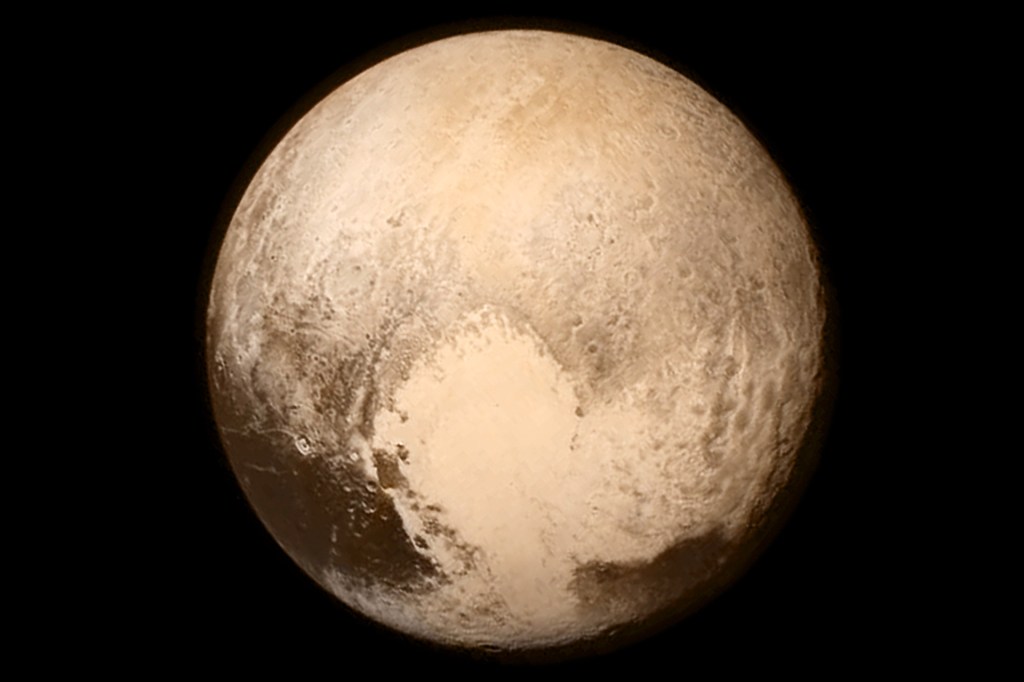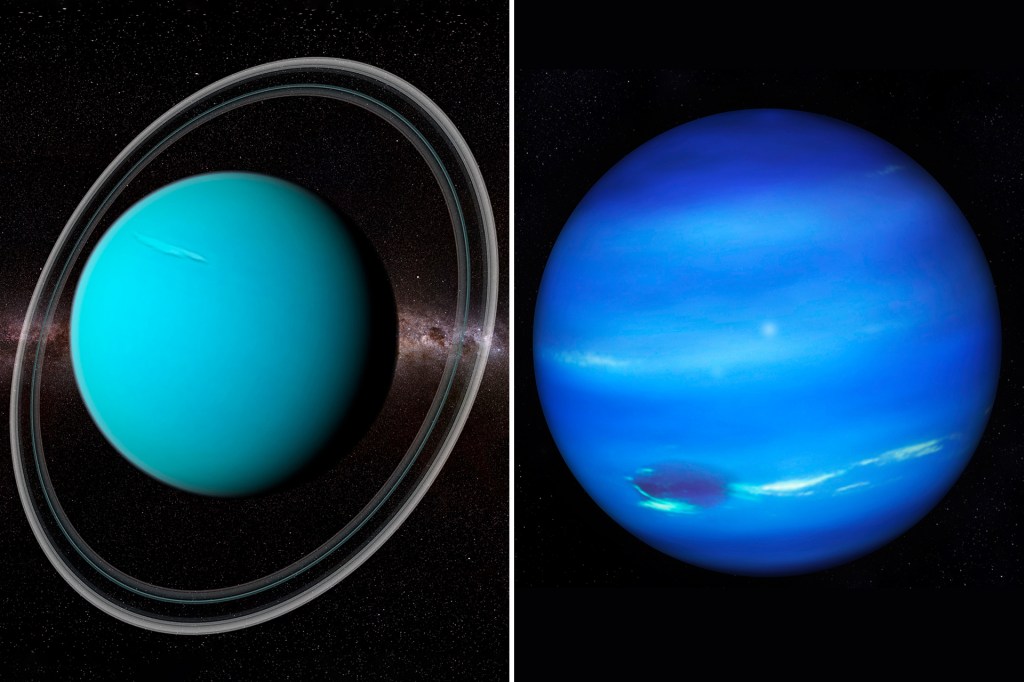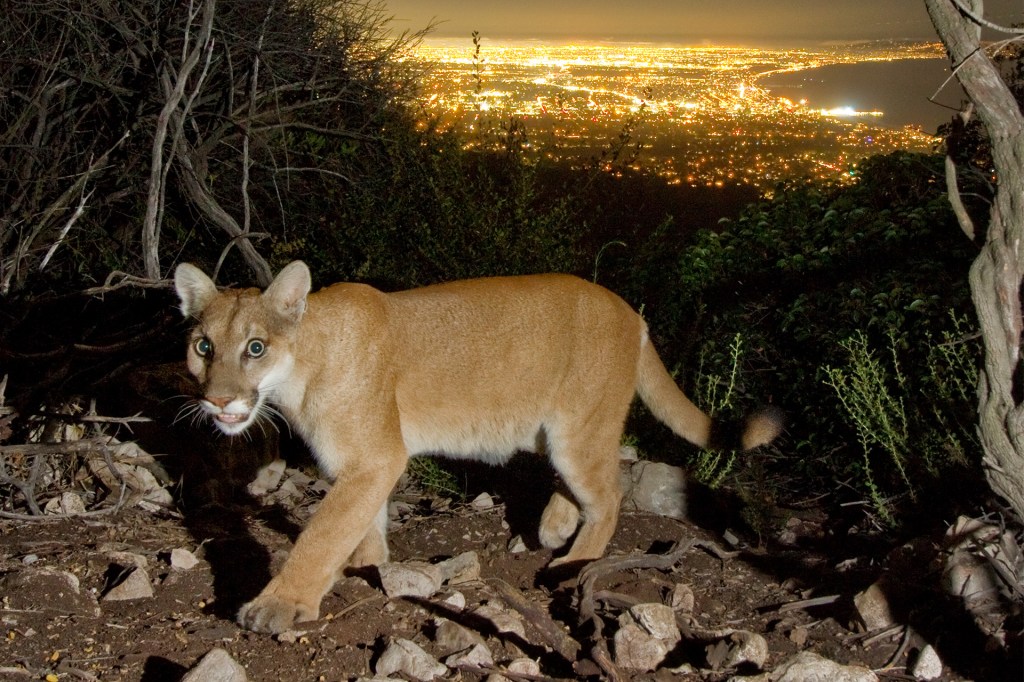
Whipping wind and pounding rain take hold of the aircraft. Stomachs drop. The radar screen goes fuzzy. This would frighten most people. But flight director Jessica Williams remains focused.
Williams is a hurricane hunter. She works for the National Oceanic and Atmospheric Administration (NOAA). She and 10 to 20 other crew members fly straight into hurricanes. They track wind speed, wind direction, air pressure, air temperature, and other data. Experts analyze this data. It helps them issue warnings to people in the storm’s path.
NOAA has two hurricane-hunting planes. They are nicknamed Kermit and Miss Piggy. The aircraft are built to withstand extreme conditions. Still, the ride can be rough. “We have to make quick decisions,” Williams told TFK. “We’re busy the whole flight.”

DAVID HALL—NOAA
DAVID HALL—NOAAStorm Warning
Hurricanes form over warm ocean waters. They bring heavy rain and strong wind. The eye of a hurricane is mostly calm. But the area enclosing the storm’s eye is intense. Wind speeds in the hurricane’s eyewall can reach more than 150 miles per hour.
Passing through the eyewall is the most turbulent
turbulent
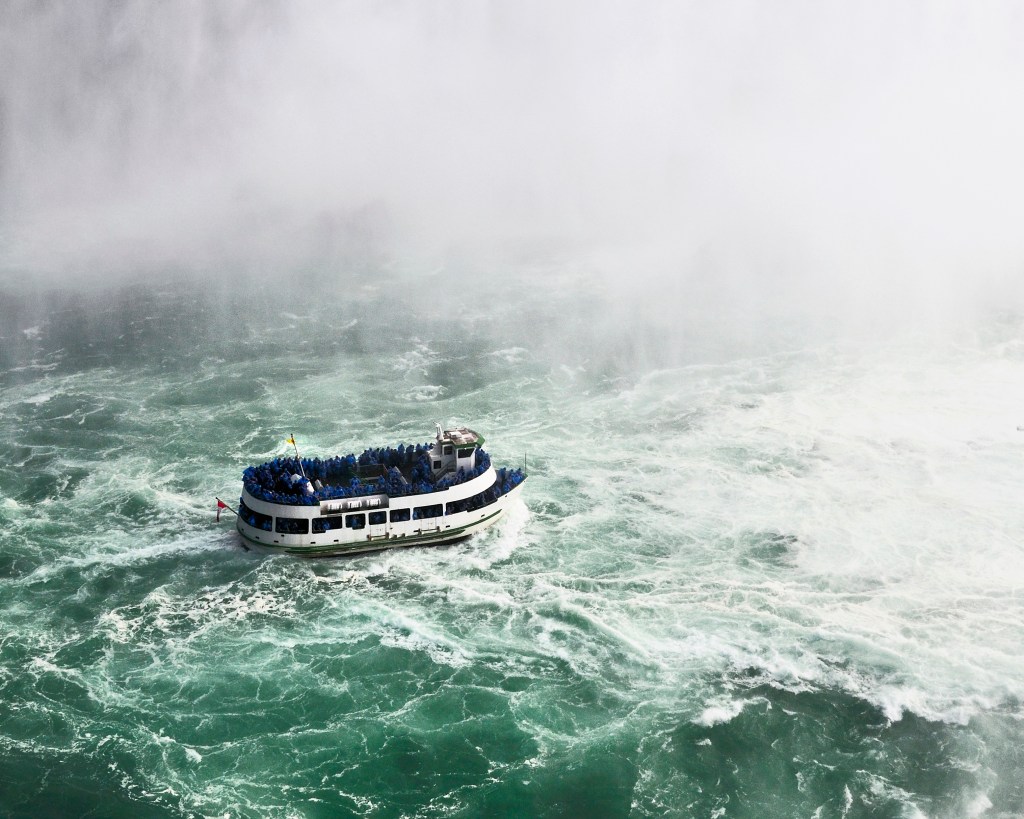 VICKI JAURON—BABYLON AND BEYOND PHOTOGRAPHY/GETTY IMAGES
unsteady
(adjective)
Choppy water made for a turbulent boat ride.
part of each eight-to-10-hour mission. The plane weaves in and out of the eyewall multiple times. The hurricane hunters map out the motion of the storm. They also find its center. This data tells experts whether the storm is gaining strength or losing steam.
VICKI JAURON—BABYLON AND BEYOND PHOTOGRAPHY/GETTY IMAGES
unsteady
(adjective)
Choppy water made for a turbulent boat ride.
part of each eight-to-10-hour mission. The plane weaves in and out of the eyewall multiple times. The hurricane hunters map out the motion of the storm. They also find its center. This data tells experts whether the storm is gaining strength or losing steam.
“The first [flight] through a storm is always the scariest,” Williams says. “We don’t know what the storm looks like until we get there.” But after years of experience, Williams has learned to act fast and trust her gut. “Once I make a call, even if it’s bumpy,” she says, “I just have to hold on.”
Williams has always loved weather. Before becoming a hurricane hunter, she earned a degree in meteorology
meteorology
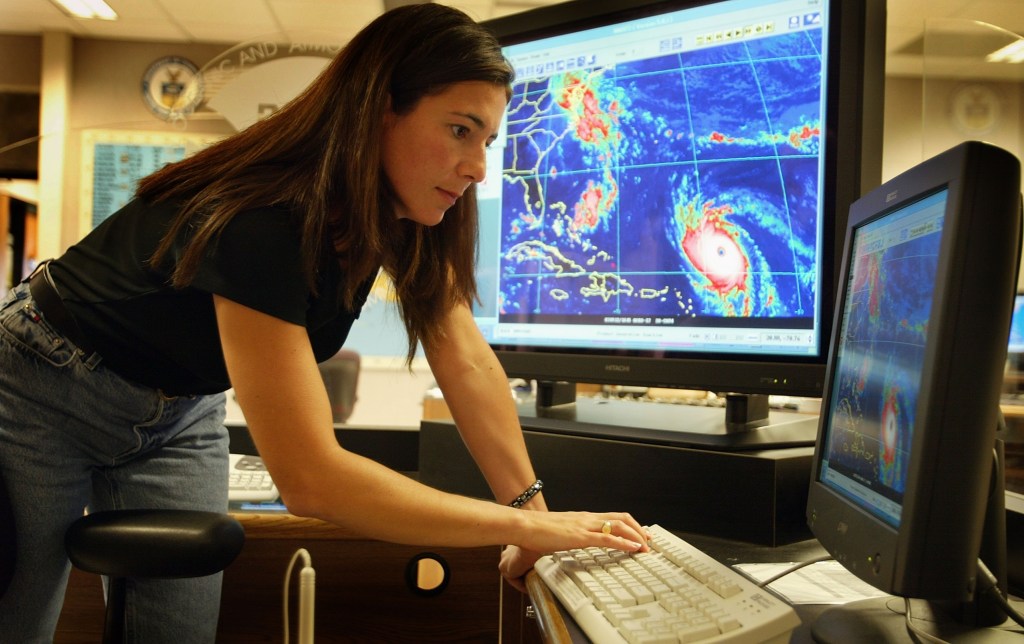 JOE RAEDLE—GETTY IMAGES
the study of weather and weather forecasting
(noun)
In meteorology, scientists study data in order to provide the weekly weather forecast.
. She also served as a weather officer in the U.S. Air Force.
JOE RAEDLE—GETTY IMAGES
the study of weather and weather forecasting
(noun)
In meteorology, scientists study data in order to provide the weekly weather forecast.
. She also served as a weather officer in the U.S. Air Force.
Williams feels the rewards of her job are well worth the challenges. “We can’t stop natural disasters—that’s out of our control,” she says. “But by studying how they work, we can help people stay safe.”






